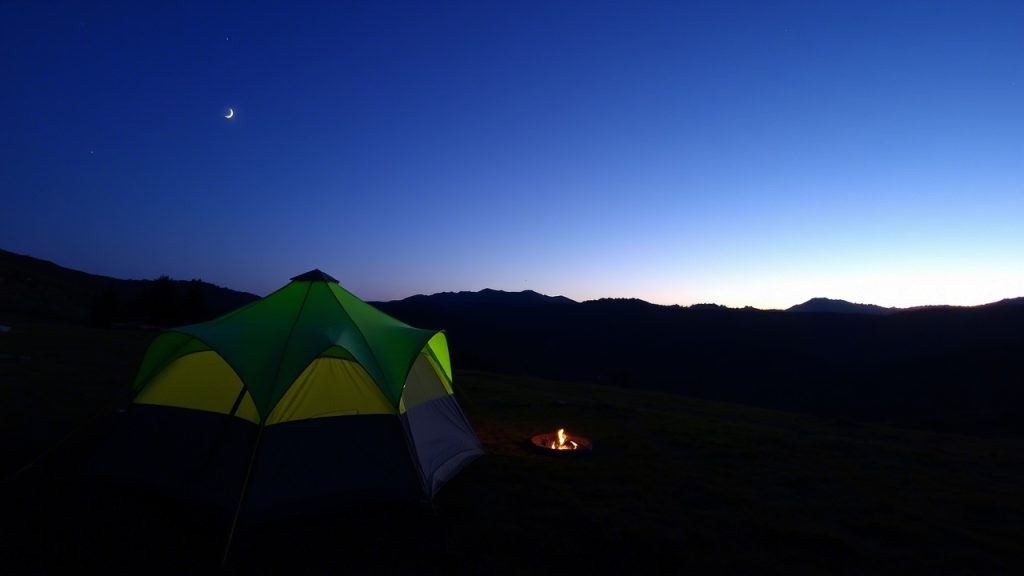Camping in the rain can be a magical experience the sound of raindrops pattering on your tent, the fresh scent of wet earth, and the cozy feeling of being snug inside your shelter. But that magic quickly fades if your tent leaks, leaving you and your gear soaked. A reliable waterproof tent is the cornerstone of a successful rainy camping trip. With so many options on the market, choosing the right one can feel overwhelming. That’s why we’ve curated a list of the 8 best tents to keep dry during rainy trips, based on their waterproofing capabilities, durability, ventilation, and overall performance in wet conditions.
We’ll walk you through each tent’s key features, pros, and cons, ensuring you have all the information needed to pick the perfect shelter for your next adventure. Plus, we’ve included a comprehensive FAQ section to address common questions about camping in the rain. Whether you’re a solo backpacker, a family camper, or somewhere in between, there’s a tent on this list for you. Let’s dive in!
Why a Waterproof Tent Matters
Rainy camping trips test the limits of your gear, and your tent is your first line of defense. A good waterproof tent does more than just keep you dry—it protects your sleeping bag, clothing, and electronics, and ensures you stay warm and comfortable even in a downpour. Key features to look for include:
- High Hydrostatic Head (HH) Ratings: This measures how much water pressure a fabric can withstand before leaking. For rainy conditions, look for a rainfly with at least 1500mm HH and a floor with 3000mm or higher.
- Full-Coverage Rainfly: A rainfly that extends close to the ground prevents water from seeping in.
- Sealed Seams: Taped or sealed seams stop water from sneaking through stitching.
- Ventilation: Proper airflow reduces condensation, keeping the interior dry.
- Durable Materials: High-quality fabrics and poles withstand wind and heavy rain.
With these criteria in mind, we’ve selected tents that excel in wet weather, from lightweight backpacking models to spacious family shelters. Here are our top picks for 2025.
8 Best Tents to Keep Dry During Rainy Trips
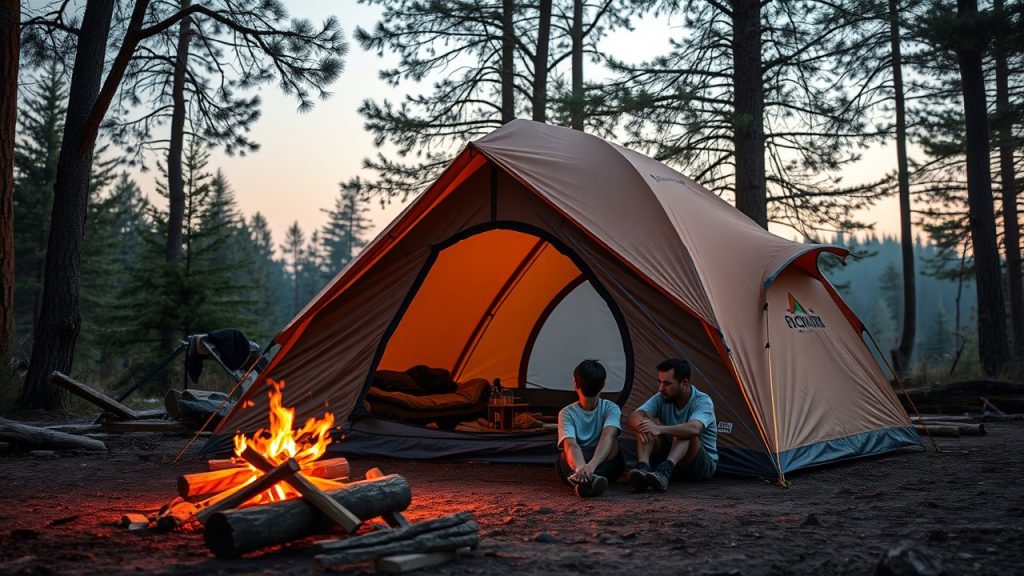
1. The North Face Wawona 6
Best Overall Waterproof Tent
The North Face Wawona 6 is a standout for its balance of space, durability, and exceptional waterproofing, making it ideal for families or groups camping in rainy conditions. This 3-season dome tent boasts an 86-square-foot floor area and a 6.5-foot peak height, allowing campers to stand comfortably inside.
Key Features:
- Waterproofing: 1200mm HH rainfly and 1500mm HH floor, with fully taped seams.
- Full-Coverage Rainfly: Extends over the front vestibule for gear storage and keeps water out.
- Ventilation: Mesh panels and adjustable vents minimize condensation.
- Spacious Vestibule: A large gear garage keeps wet equipment outside the main sleeping area.
- Weight: 20 lbs 15 oz (car camping-friendly).
Pros:
- Roomy interior for 6 people or gear-heavy trips.
- Robust rainfly handles heavy rain and wind.
- Easy setup with color-coded poles.
Cons:
- Heavy for backpacking (better for car camping).
- Setup takes slightly longer due to the vestibule poles.
Why It’s Great for Rain: The Wawona 6’s full-coverage rainfly and high HH ratings ensure you stay dry even in torrential downpours. Its sturdy dome shape shrugs off wind, and the large vestibule keeps wet gear out of the sleeping area, making it a top choice for rainy family trips.
2. MSR Hubba Hubba NX 2
Best Lightweight Tent for Backpacking
For backpackers facing rainy trails, the MSR Hubba Hubba NX 2 is a lightweight, durable, and highly waterproof option. This 2-person, 3-season tent weighs just 3 lbs 12 oz, making it easy to carry without sacrificing weather protection.
Key Features:
- Waterproofing: 1200mm HH rainfly and 3000mm HH bathtub floor.
- Full-Coverage Rainfly: Includes rain gutters to channel water away.
- Ventilation: Large mesh panels and adjustable vents for airflow.
- Setup: Freestanding design with a hubbed pole system for quick pitching.
- Packed Size: Compact for backpacking.
Pros:
- Ultralight and packable for long hikes.
- Excellent ventilation prevents condensation.
- Durable ripstop nylon withstands rough conditions.
Cons:
- Limited space for two people with gear.
- Higher price point.
Why It’s Great for Rain: The Hubba Hubba NX 2’s bathtub floor and rain gutters keep water out, even in heavy rain. Its quick setup is a lifesaver when pitching in a storm, and the lightweight design makes it perfect for solo or duo backpackers.
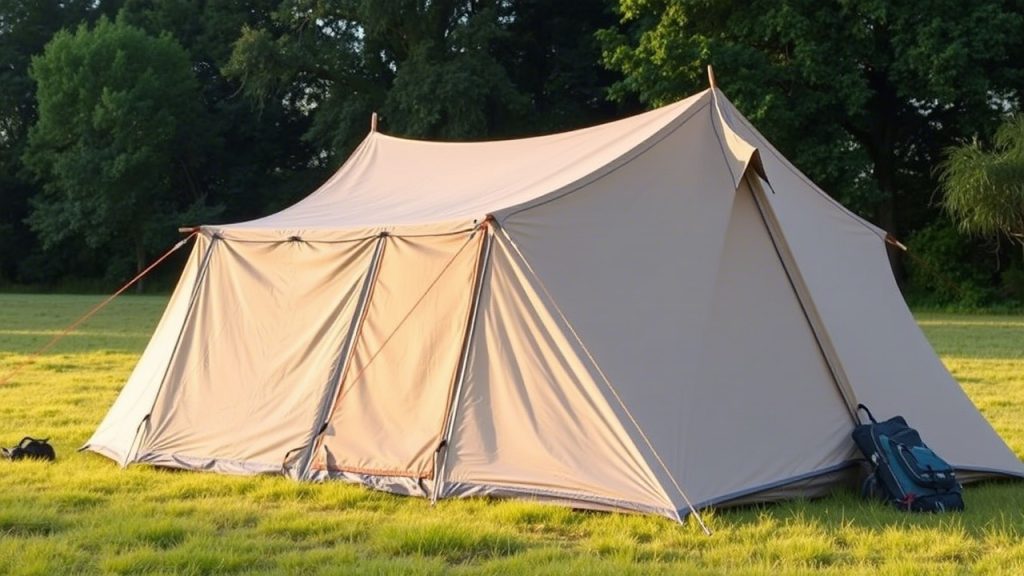
3. REI Co-op Base Camp 6
Best for Shoulder-Season Rain
The REI Co-op Base Camp 6 is a fortress for rainy shoulder-season camping, with more fabric than mesh for added warmth and weather resistance. This 6-person, 3-season tent is ideal for car campers who want durability and space.
Key Features:
- Waterproofing: 1500mm HH rainfly and 3000mm HH floor.
- Full-Length Rainfly: Extends nearly to the ground for maximum protection.
- Ventilation: Multiple vents and a low mesh design reduce condensation.
- Weight: 20 lbs 6 oz.
- Vestibules: Two large vestibules for gear storage.
Pros:
- Sturdy in high winds and heavy rain.
- Spacious interior with ample headroom.
- Great for cooler, wet conditions.
Cons:
- Too heavy for backpacking.
- Setup requires two people for efficiency.
Why It’s Great for Rain: The Base Camp 6’s full-length rainfly and robust construction make it a reliable choice for heavy rain and strong winds. Its extra fabric reduces exposure to moisture, perfect for spring or fall camping.
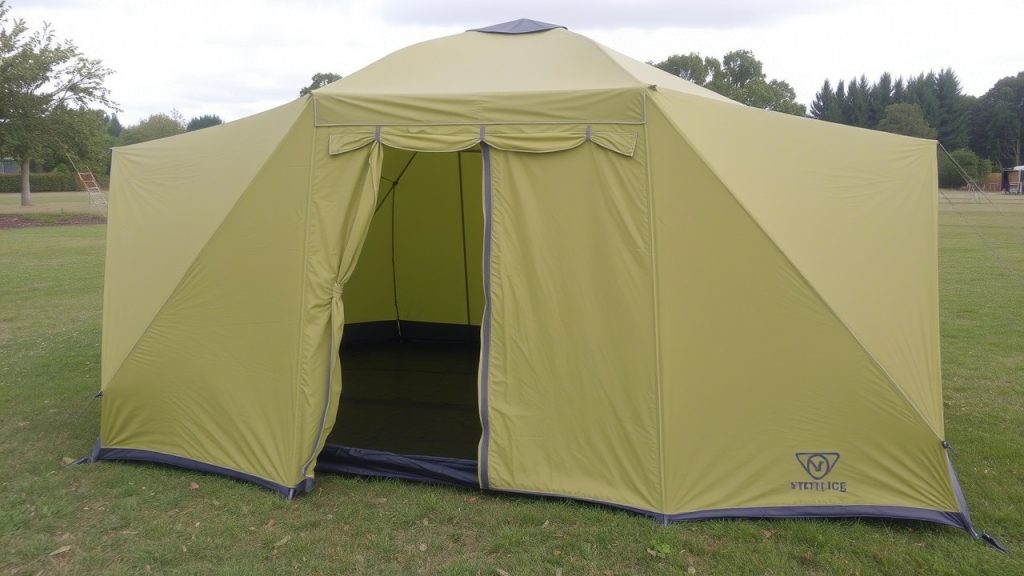
4. Marmot Tungsten 4P
Best Hybrid Tent for Versatility
The Marmot Tungsten 4P is a versatile 4-person tent that bridges the gap between backpacking and car camping. With a spacious 53-square-foot floor and a weight of 9 lbs 3 oz, it’s light enough for short backpacking trips but roomy for car camping.
Key Features:
- Waterproofing: 1800mm HH rainfly and 3000mm HH floor.
- Full-Coverage Rainfly: Includes double vestibules for gear.
- Ventilation: Mesh walls and ceiling vents for breathability.
- Footprint Included: Adds an extra layer of floor protection.
- Setup: Color-coded poles for easy pitching.
Pros:
- Lightweight for its size.
- Excellent ventilation reduces condensation.
- Durable materials for long-term use.
Cons:
- Vestibules are smaller than some competitors.
- Not ideal for tall campers (52-inch peak height).
Why It’s Great for Rain: The Tungsten 4P’s high HH ratings and included footprint provide robust waterproofing. Its ventilation system keeps the interior dry, and the hybrid design suits a variety of rainy trips.
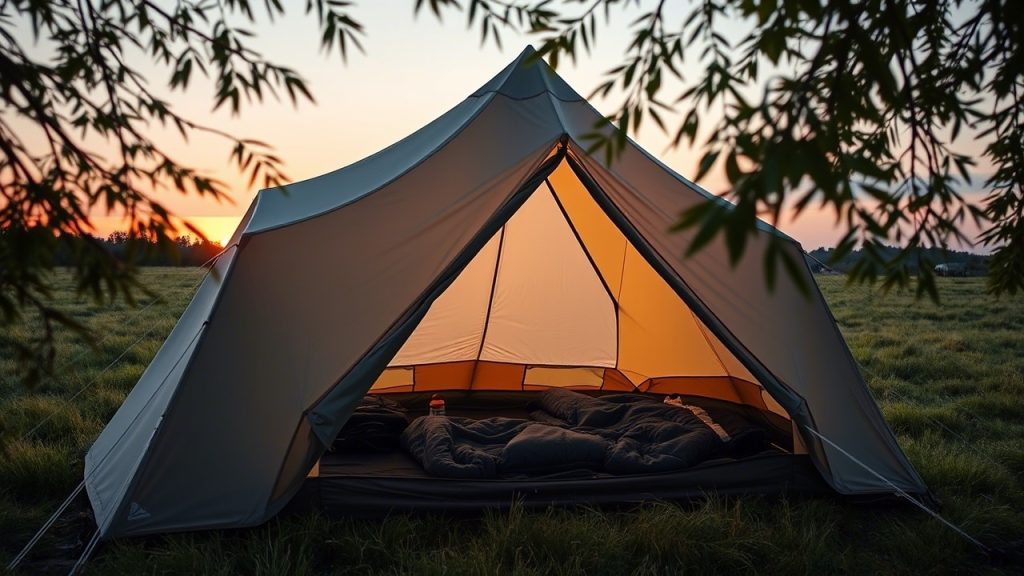
5. Coleman Skydome 4
Best Budget Waterproof Tent
For campers on a budget, the Coleman Skydome 4 delivers reliable waterproofing at an affordable price. This 4-person, 3-season tent is easy to set up and perfect for weekend car camping in the rain.
Key Features:
- Waterproofing: 1000mm HH rainfly and 2000mm HH floor.
- Rainfly Design: Partial coverage with weather-resistant coating.
- Ventilation: Mesh ceiling and windows for airflow.
- Weight: 13 lbs 8 oz.
- Setup: Pre-attached poles for fast pitching.
Pros:
- Affordable without compromising quality.
- Quick setup, even in rain.
- Spacious for small families.
Cons:
- Lower HH ratings than premium tents.
- Partial rainfly may struggle in heavy rain.
Why It’s Great for Rain: While not as robust as high-end models, the Skydome 4’s weather-resistant coating and fast setup make it a solid choice for light to moderate rain. It’s a great entry-level option for casual campers.
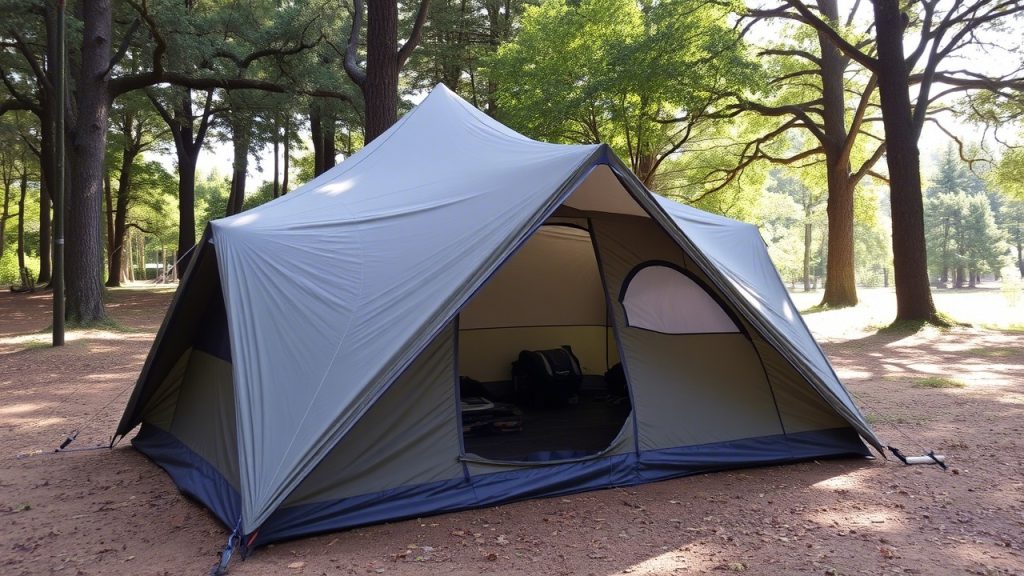
6. Teton Sports Mountain Ultra 4
Best Value Waterproof Tent
The Teton Sports Mountain Ultra 4 combines affordability with top-tier waterproofing, earning it our pick for best value. This 4-person, 3-season tent is ideal for budget-conscious campers who need reliable rain protection.
Key Features:
- Waterproofing: 2000mm HH rainfly and 3000mm HH floor.
- Full-Coverage Rainfly: Extends low for maximum coverage.
- Ventilation: Mesh panels and adjustable vents.
- Weight: 9 lbs 8 oz.
- Warranty: Lifetime warranty for peace of mind.
Pros:
- Excellent waterproofing for the price.
- Lightweight for its capacity.
- Durable construction.
Cons:
- Smaller interior than some 4-person tents.
- Setup can be tricky in high winds.
Why It’s Great for Rain: The Mountain Ultra 4’s high HH ratings and full-coverage rainfly rival pricier models. Its lifetime warranty adds value, making it a dependable choice for rainy adventures.
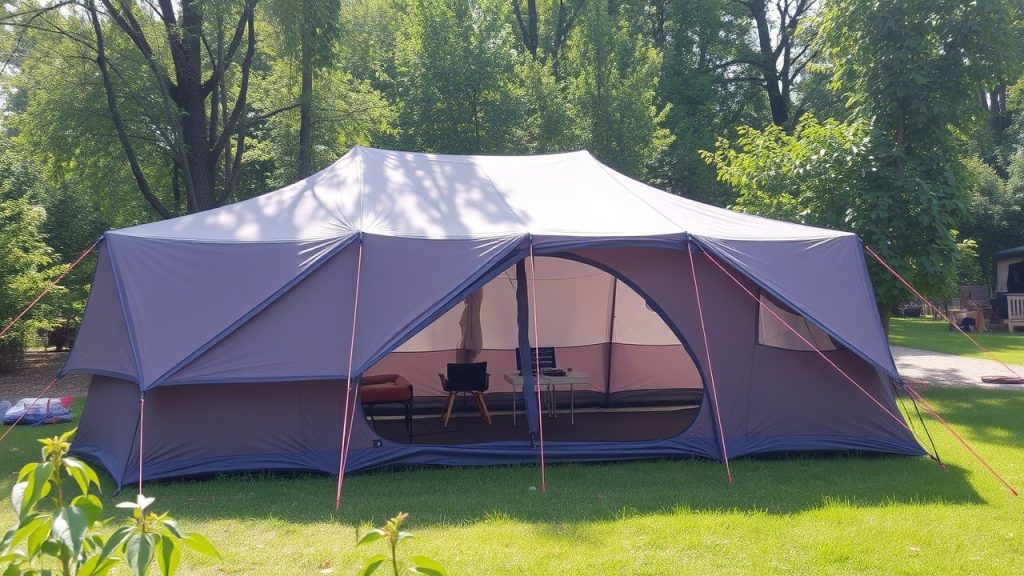
7. Nemo Aurora Highrise 6
Best for Comfort in Rain
The Nemo Aurora Highrise 6 prioritizes comfort with near-vertical walls and a spacious interior, making it a cozy retreat during rainy trips. This 6-person, 3-season tent is perfect for car camping families who want to stay dry and comfortable.
Key Features:
- Waterproofing: 1500mm HH rainfly and 3000mm HH floor.
- Rainfly Design: Full coverage with storm flaps.
- Ventilation: Large mesh windows with adjustable covers.
- Weight: 18 lbs 8 oz.
- Interior: 83 square feet with 6.5-foot peak height.
Pros:
- Roomy and tall for standing and moving.
- Excellent ventilation prevents dampness.
- Stylish design with durable materials.
Cons:
- Heavier than some competitors.
- Higher price for a 6-person tent.
Why It’s Great for Rain: The Aurora Highrise 6’s full-coverage rainfly and high HH ratings ensure dryness, while its ventilation system keeps the interior fresh. The spacious design makes waiting out a storm feel luxurious.
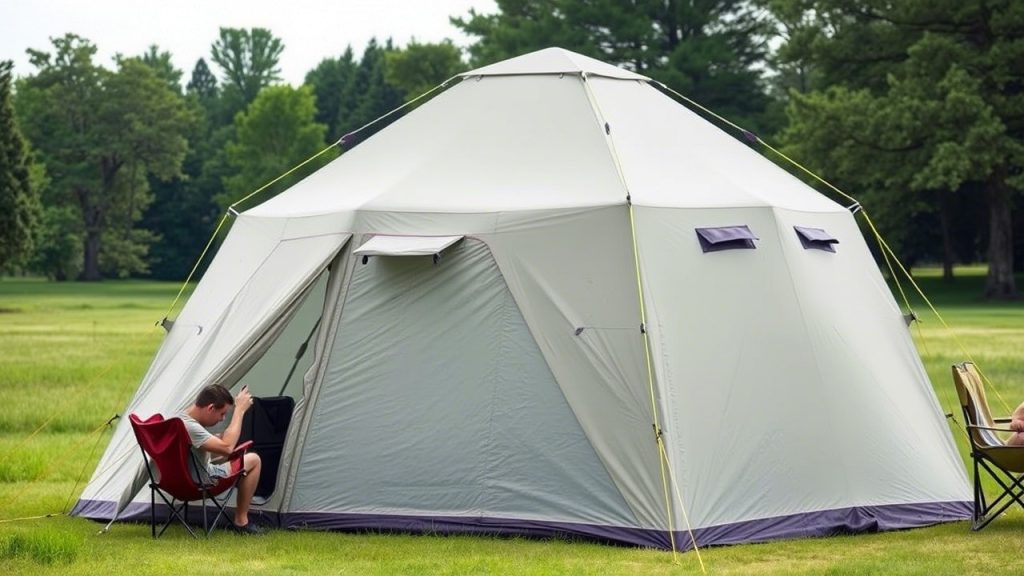
8. Kodiak Canvas Flex-Bow 6
Best Heavy-Duty Tent for Rain
For campers who prioritize durability over portability, the Kodiak Canvas Flex-Bow 6 is a rugged, weather-resistant tent built to withstand harsh conditions. This 6-person, 4-season tent uses heavy-duty canvas for unmatched protection.
Key Features:
- Waterproofing: Hydra-Shield canvas with 2000mm HH equivalent.
- Rainfly: Not needed—canvas is inherently waterproof.
- Ventilation: Large windows with no-see-um mesh.
- Weight: 68 lbs (car camping only).
- Awning: Provides a covered entry.
Pros:
- Extremely durable in heavy rain and wind.
- Spacious 100-square-foot interior.
- Long-lasting canvas construction.
Cons:
- Very heavy and bulky.
- Expensive compared to synthetic tents.
Why It’s Great for Rain: The Flex-Bow 6’s canvas construction and lack of a separate rainfly make it a fortress against rain. Its awning keeps the entrance dry, and the durable materials ensure years of reliable use.
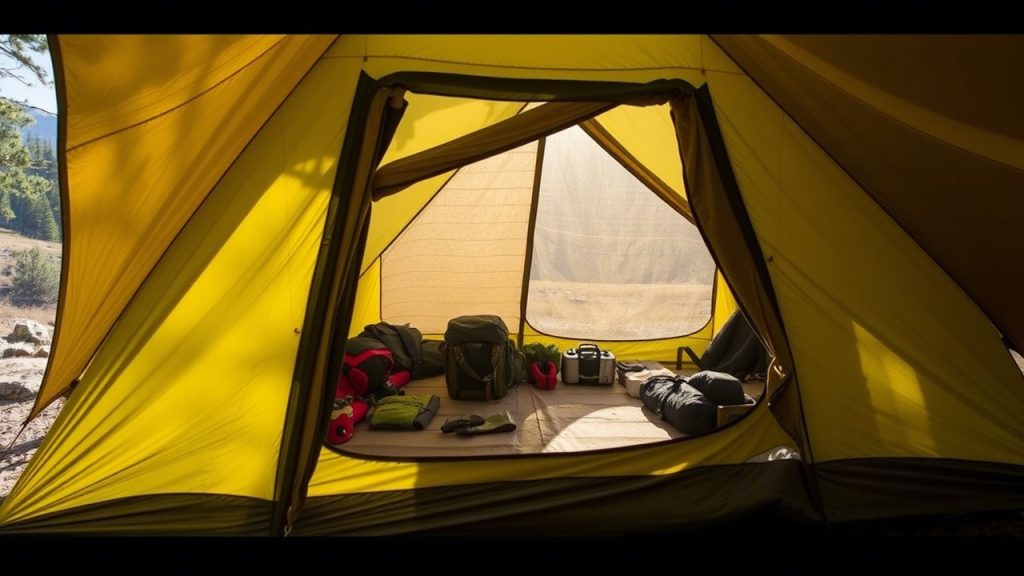
Tips for Camping in the Rain
To maximize your tent’s performance and stay dry, follow these expert tips:
- Use a Footprint or Tarp: Place a groundsheet under your tent to protect the floor and prevent moisture seepage. Ensure it doesn’t extend beyond the tent’s edges to avoid pooling water.
- Pitch on High Ground: Avoid low-lying areas where water collects. A slight incline helps water flow away from your tent.
- Secure the Rainfly: Tighten guylines and stake the rainfly properly to prevent flapping and ensure water runs off.
- Ventilate: Open vents or mesh panels (if protected by the rainfly) to reduce condensation.
- Bring Tarps: Hang a tarp over your tent or campsite for extra protection and a dry cooking area.
- Pack Dry Bags: Store clothes and electronics in waterproof bags to keep them dry inside the tent.
- Dry Gear at Home: After a rainy trip, unpack and dry your tent completely to prevent mold and mildew.
Frequently Asked Questions
1. What makes a tent waterproof?
A waterproof tent has a high hydrostatic head (HH) rating (1500mm+ for rainfly, 3000mm+ for floor), taped seams, and a full-coverage rainfly. Durable materials like ripstop nylon or polyester with coatings enhance water resistance.
2. Can I use a regular tent in the rain?
Regular tents with some waterproofing can handle light rain, but for heavy rain, choose a tent with high HH ratings, a full-coverage rainfly, and sealed seams to ensure dryness.
3. How do I prevent condensation inside my tent?
Ventilation is key. Use mesh panels, open vents, and avoid sealing the tent completely. A double-wall tent (with a breathable inner layer) helps manage condensation better than single-wall models.
4. Should I use a footprint with my tent?
Yes, a footprint or tarp under your tent protects the floor from moisture and damage. Ensure it’s slightly smaller than the tent to prevent water pooling.
5. How do I set up a tent in the rain?
Pitch under tree cover if possible, set up the rainfly first (if the tent allows), and work quickly to keep the inner tent dry. Practice setup beforehand to save time.
6. Are canvas tents better for rain than synthetic ones?
Canvas tents, like the Kodiak Flex-Bow, are highly waterproof and durable but heavy. Synthetic tents are lighter and often have higher HH ratings, making them better for backpacking.
7. How do I maintain my tent’s waterproofing?
Reapply waterproofing spray or seam sealer annually, especially on older tents. Clean and dry the tent thoroughly before storing to prevent mold.
8. Can I cook inside my tent during rain?
Never cook inside a tent due to fire and carbon monoxide risks. Set up a tarp or canopy for a safe cooking area outside.
9. What’s the best tent size for rainy trips?
Choose a tent slightly larger than your group size to accommodate wet gear. For example, a 4-person tent works well for 2-3 people with equipment.
Conclusion
Rain doesn’t have to ruin your camping trip. With the right tent, you can stay dry, comfortable, and ready to enjoy the beauty of nature, even in a storm. The North Face Wawona 6 is our top pick for its spacious design and reliable waterproofing, while the MSR Hubba Hubba NX 2 excels for lightweight backpacking. Budget-conscious campers will love the Teton Sports Mountain Ultra 4, and those seeking durability can’t go wrong with the Kodiak Canvas Flex-Bow 6.
No matter which tent you choose, pair it with smart camping practices—like using a footprint, pitching on high ground, and maintaining ventilation—to ensure a dry and enjoyable trip. Ready to embrace the rain? Pick one of these tents, pack your rain gear, and head out for an adventure that’s as cozy as it is unforgettable.
Happy camping!

